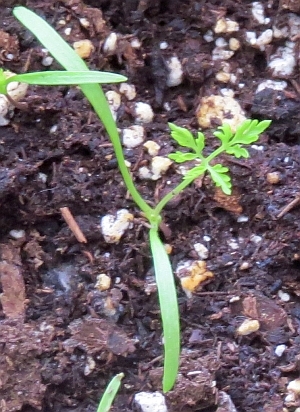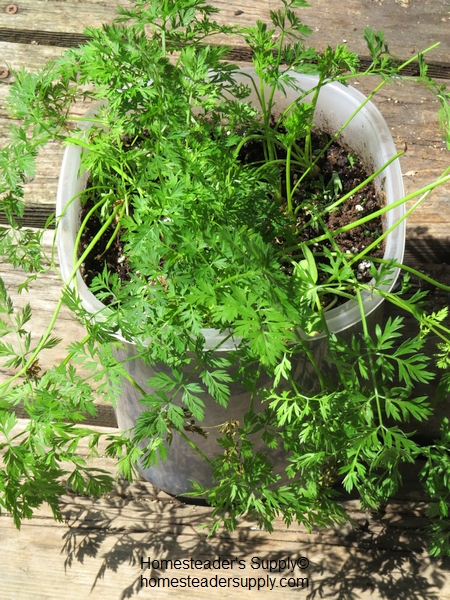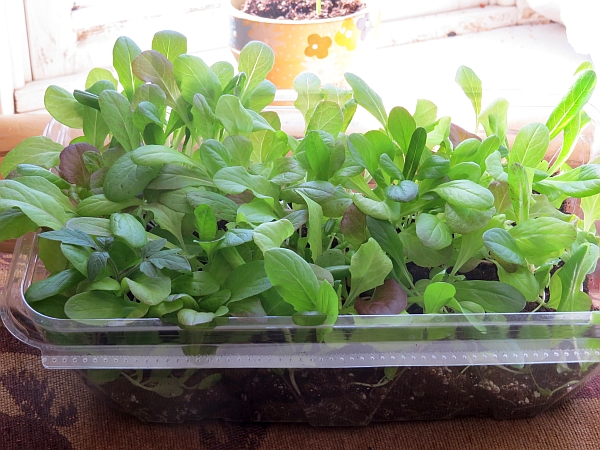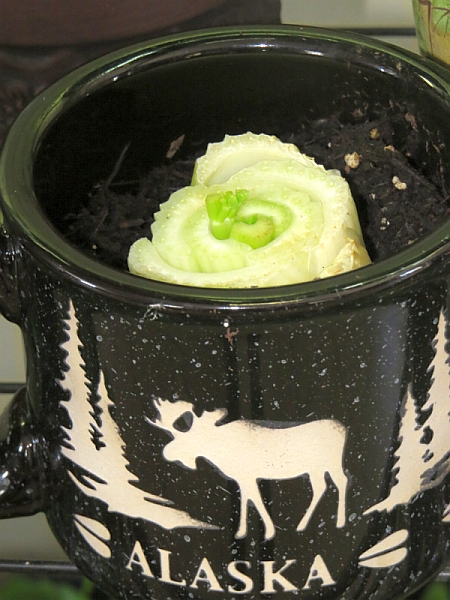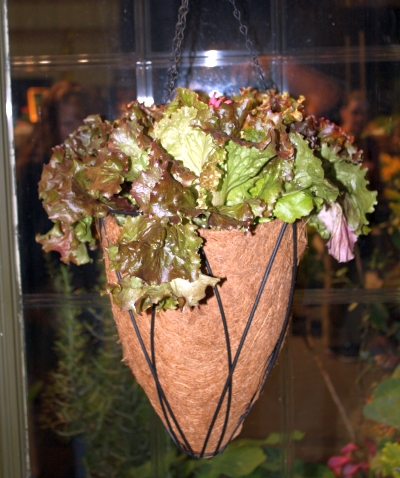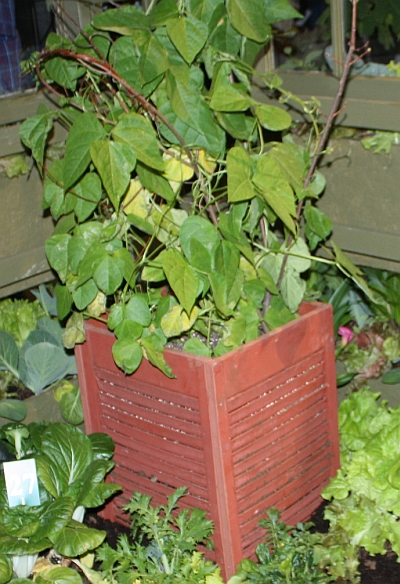What to Grow in the Garden – Cucumbers
What’s a salad without cucumbers? We need them to add to the tomatoes and peppers. There’s nothing like a fresh cool cucumber sliced thin, salted and mixed with mayonnaise, and piled high between two slices of homemade bread. It’s a summer sandwich we wait months for and enjoy for such a short time.
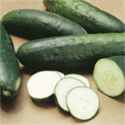 You can choose your cucumbers based on the amount of space you have if need be. There are bush varieties suitable for small spaces. Short vined cucumbers work well in large hanging baskets or wrapped around tomato cages, and long vined varieties that do well on hog or cattle panels, clipped to twine or across trellis. And of course, if you’ve got the space, let them sprawl in the garden.
You can choose your cucumbers based on the amount of space you have if need be. There are bush varieties suitable for small spaces. Short vined cucumbers work well in large hanging baskets or wrapped around tomato cages, and long vined varieties that do well on hog or cattle panels, clipped to twine or across trellis. And of course, if you’ve got the space, let them sprawl in the garden.
Cucumbers can be direct seeded in rows or mounds. Amend the soil before planting the seeds. If you’re planting in rows you’ll want to thin the plants to 18 to 24 inches apart. In mounds, plant three seeds in a two foot wide by one foot high mound and leave the two strongest seedlings to grow. If you have a blank spot you can use the third seedling to fill in. Mounds of soil warm faster and drain well but you’ll need to keep an eye on the moisture to be sure they don’t dry out before the roots have reached level ground.
If you want to get a head start on the season you can start your seeds indoors in seed starting medium about a month before you’ll transplant the seedlings. Transplant when the second set of true leaves is forming and before the plants become root bound. Root bound vine crops will be stunted. They are fussier about their roots than most other vegetables.
If you notice tiny cucumbers dying you’ve got a pollination problem. You can hand pollinate them buy moving pollen from a male flower (no cucumber at the base of the flower) to the female flower using a small paint brush or Q-tip.
Straight Eight is our all time favorite slicing cucumber. It’s an heirloom variety that requires about 65 days to maturity. It is prolific so you’ll want to check the plants for mature cucumbers every day or two. You may prune back new shoots on the vines to keep growth concentrated in the cucumbers. Straight Eight is a straight eight inch cucumber great for those cucumber sandwiches.
Water well. Cucumbers that don’t get enough water will be misshapen and bitter. They benefit from soaker hoses that slowly drip water close to the roots and keep the soil moist six to eight inches down. Over watering can lead to tasteless cucumbers but in the summer heat that’s usually not a problem.
To prolong the harvest I plant seeds one week after planting the cucumber transplants. When the transplants have played out the seeded plants will still be producing. Cover the plants when there’s a danger of frost as these plants are particularly susceptible to frost.



